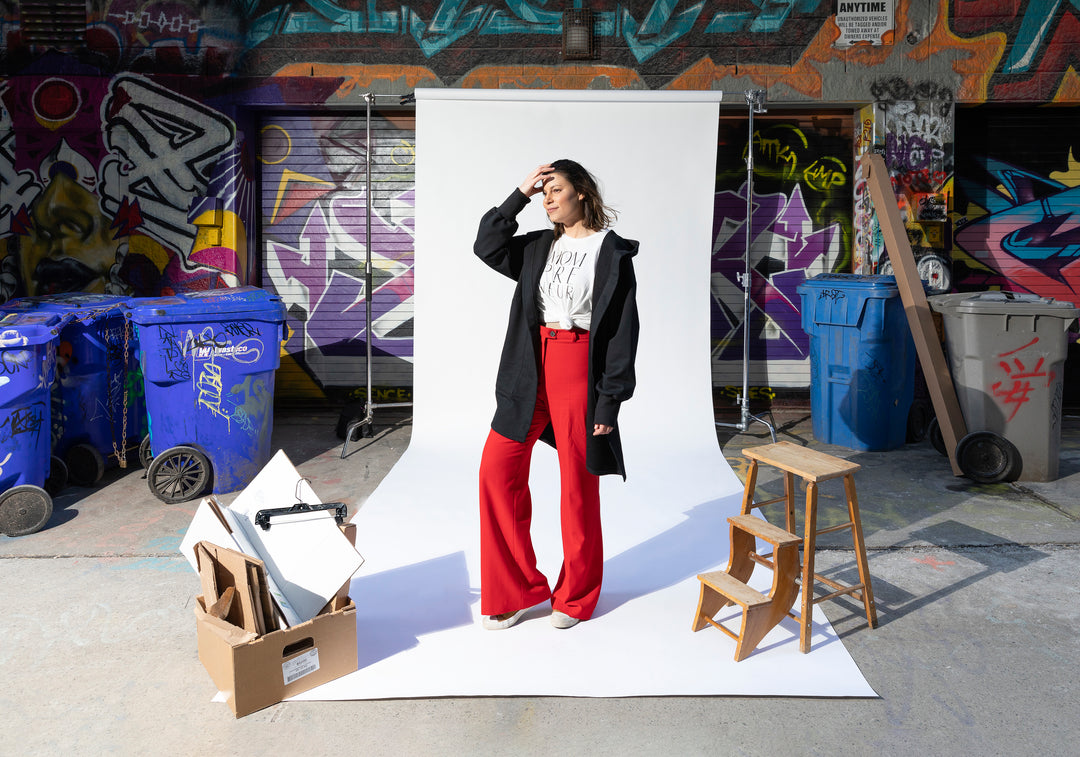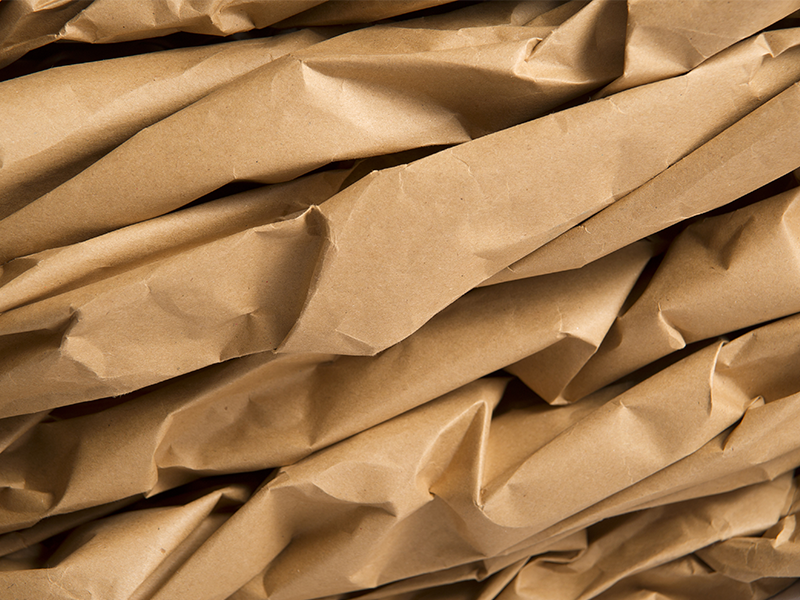The Fashion Revolution: Shifting from Mass Production to Sustainable, One-of-a-Kind Styles
The fashion industry has long been dominated by mass-produced clothing, churning out vast quantities of cheap, disposable garments that feed our insatiable appetite for the latest trends. Fast fashion brands have mastered the art of providing consumers with a revolving door of affordable styles that satisfy our desire for novelty. However, this approach has come at a significant cost to our environment and global workforce.
Our planet is groaning under the weight of textile waste, with millions of tons of discarded clothing ending up in landfills each year. The production process for these garments is resource-intensive, consuming vast amounts of water, energy, and chemicals. Meanwhile, workers in the industry often face exploitative conditions, with low wages and poor working environments.
It's high time we shift our expectations of mass-produced clothing and embrace a more sustainable approach to fashion. By seeking out unique, one-of-a-kind styles made sustainably or upcycled from waste, we can revolutionize the way we consume fashion and contribute to a greener, more equitable world.
The Power of One-of-a-Kind Styles
In a world where individuality is celebrated, there's something truly special about owning a garment that is unlike any other. One-of-a-kind styles not only allow us to express our personal tastes but also help to break the cycle of fast fashion. By investing in unique, well-crafted pieces, we can curate a wardrobe that lasts for years, reducing our consumption and its environmental impact.
Sustainable Materials and Production Methods
A key aspect of embracing sustainable fashion is choosing garments made from eco-friendly materials and produced through ethical practices. Organic cotton, linen, hemp, and Tencel are just a few examples of sustainable textiles that have a smaller environmental footprint compared to their conventional counterparts. By supporting brands that prioritize sustainability, we can encourage the industry to adopt greener practices and reduce its overall impact on our planet.
Upcycling: Breathing New Life into Waste
Upcycling is a powerful way to transform waste into something valuable and beautiful. By repurposing discarded textiles, designers can create one-of-a-kind garments that challenge the traditional linear model of fashion. Not only does upcycling prevent waste from entering landfills, but it also reduces the demand for new materials and the resources needed to produce them.
The Ripple Effect of Conscious Consumption
As consumers, we hold the power to drive change in the fashion industry. By shifting our expectations and seeking out sustainable, unique styles, we can send a strong message to brands that we value quality, craftsmanship, and eco-consciousness. As more people adopt this mindset, the demand for sustainable and upcycled fashion will grow, leading to a more circular, responsible industry.
In conclusion, it's time for us to redefine our relationship with fashion and prioritize sustainability over mass-produced, disposable clothing. By embracing one-of-a-kind styles made sustainably or upcycled from waste, we can contribute to a fashion revolution that benefits both our planet and its people. The choice is in our hands, and together, we can make a lasting difference.





In a world overwhelmed by fast fashion, embracing one-of-a-kind, sustainably made garments offers a beautiful path forward. Each unique piece not only reflects our personal style but also stands as a statement against the wastefulness of mass production. By choosing thoughtful, lasting fashion, we can celebrate individuality while making a positive impact on our planet and its people.
Baby world,
Your blog eloquently captures the critical issues surrounding fast fashion and its impact on both our environment and global workforce. The way you highlight the environmental costs and the often harsh conditions faced by workers paints a vivid picture of the challenges we face.
Leave a comment